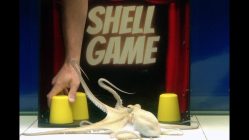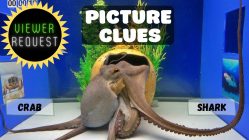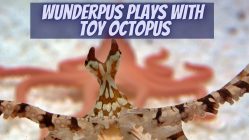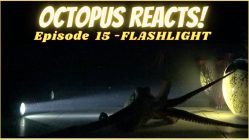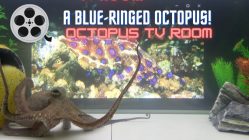Spotting the Next Meal
Octopuses have various hunting techniques. Sometimes they will spot their prey and follow it until they find the right moment to pounce on it and grasp it with their strong arms. Other times, they will stay hidden until the prey approaches close enough and then attack it.
In this video, however, the octopus is looking for its next meal using another common technique. It goes from rock to rock, hugging each rock and searching all around it with its arms, sensing the hidden prey with the numerous suckers. The very good quality of the video allows us to witness even the slightest muscle movement as the octopus wraps its mantle around the rocks searching for the living organisms that seek protection there.
Moreover, the close zoom on the octopus has captured all its amazing color and body texture changes. In the middle of the video we can also see the octopus reactions as it gets startled by the diver and engages in rapid change of camouflage.
Cooperation is the Key
This hunting technique of the octopus results in another hunting phenomenon which scientists call cooperative hunting. This means that one or more different animal species are seen hunting together. Such social interaction to achieve better results in hunting has been observed, for example, among groupers and moray eels.
In this case, the goatfish and the lionfish actually profit from the octopus’ hunting endeavors as the octopus will flush small organisms while searching around the rocks and then the fishes will pounce on them and feed.
Does the octopus also benefits from the presence of its two hunting buddies in some way? Groupers, for example, have been known to lead the moray eel towards its prey.
It will be very interesting to have more information from scientists about which species engage in cooperative hunting with the octopus and what kind of social interactions develop among them.






